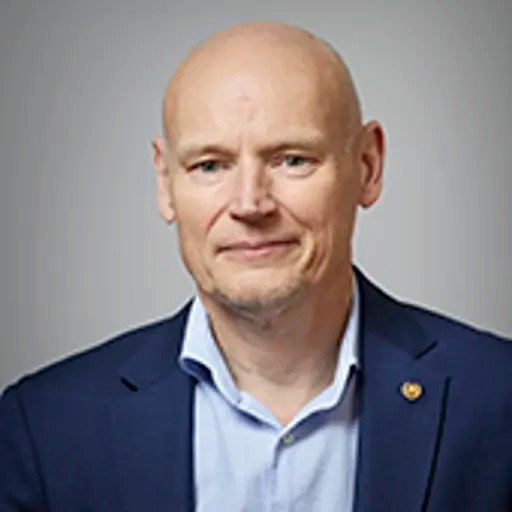The Subatomic Physics Division at Chalmers University of Technology conducts a leading, broad programme aiming at studies of light, exotic nuclear systems in the vicinity of the neutron and proton driplines. The overall objective is to connect nuclear structure observables to the underlying constituents, neutrons and protons, as well as addressing burning topics in nuclear astrophysics and fundamental interactions.
About the group
Research
Exotic nuclei exhibit very large beta-decay energies and low separation energies for particles, or cluster of particles. These features result in structural peculiarities, like clustering. These effects do not only serve as a basis for finding the relevant degrees of freedom in exotic systems, through the separation of energy scales, but do as well play crucial roles in astrophysical reactions. The triple-alpha nature of the Hoyle state in 12C is here a classical case but other crucial examples exist, e.g. the proton halo in 8B, both of which have been studied by us. These open quantum systems pose a specific challenge for both theoretical and experimental studies since the coupling to the continuum is a major component to be taken into account.
Structural phenomena can manifest themselves through the beta-delayed particle decay modes. The Chalmers group was first to observe (β2n), (β3n), (βt) and (βd) emission in light neutron-rich nuclei. The latter decay mode is only present in nuclei with a developed halo structure, a phenomenon also first suggested by the Chalmers group. More recently, the unbound nuclei 12,13Li were identified for the first time in our experimental data from GSI, demonstrating how even the most exotic nuclear systems at the driplines can be used as stepping-stones to reach beyond the limits of nuclear binding. The method of studying exotic unbound systems through relativistic one-/few-nucleon knockout was pioneered by us and has an excellent potential also in future, in particular with FAIR-R3B.

Facilities
The present experimental programme is mainly conducted at two world-leading research infrastructures; the ISOLDE Facility at CERN and the heavy-ion accelerator SIS at GSI, Darmstadt. The ISOLDE Facility, including the REX-ISOLDE post-accelerator, is able to deliver low-energy beams of radioactive isotopes of more than 70 elements. The complementary scientific programme at GSI gives access to exotic beams of all species in the energy range of 200 MeV to 1 GeV/nucleon, produced in the FRS fragment separator. The experiments at GSI are predominantly performed using the R3B/LAND setup, being capable of yielding complete kinematics information. Complementary investigations are performed using the FRS as a spectrometer, with a secondary reaction target at the middle focal plane. The combined studies at these facilities give us a unique chance to get broad information about the nuclear structure at and even beyond the driplines.
Partners
Our main working partners are the R3B-collaboration at GSI/FAIR and the MAGISOL (Aarhus University in Denmark and IEM-CSIC; Madrid, Spain) and from ISOLDE and GSI. The work in Gothenburg is focussed on data reduction and analysis with strong eScience components. This is combined with theoretical interpretation, both in direct relation to the available experimental data and for the planning of new experiments, as well as detector development.
The research infrastructures ISOLDE and GSI are in the process of evolving; in particular will GSI transform into the international FAIR (Facility for Antiproton and Ion Research) facility in the coming years. Within the NUSTAR (Nuclear Structure, Astrophysics and Reactions) collaboration, the group is deeply involved in developing detection systems for the next-generation reaction setup for exotic nuclei, R3B. The group members have as well several key positions within the FAIR efforts, like Swedish delegate to the FAIR Council, NUSTAR spokesperson/chair of Board of Representatives, member of the BFC (Board of FAIR Collaborations), Board Member of SFAIR(Swedish FAIR-consortium) and Deputy Spokesperson of R3B.
Staff at Experimental Subatomic Physics
Research group leaders
Postdoctoral researchers
PhD students
Research Specialists
Research Engineers
Contact
Andreas Heinz
- Associate Professor, Subatomic, High Energy and Plasma Physics, Physics
Thomas Nilsson
- Full Professor, Subatomic, High Energy and Plasma Physics, Physics






